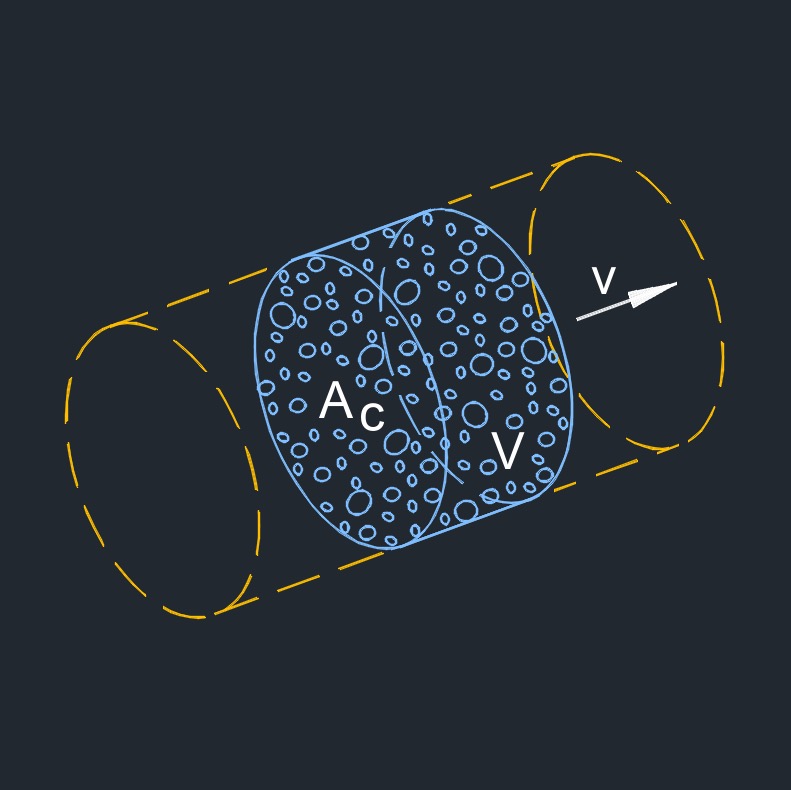Steam Density
Steam Density Formula |
||
|
\( \rho_s \;=\; \dfrac{ p \cdot MW }{ R^* \cdot T }\) (Steam Density) \( p \;=\; \dfrac{ \rho_s \cdot R^* \cdot T }{ MW }\) \( MW \;=\; \dfrac{ \rho_s \cdot R^* \cdot T }{ p }\) \( R^* \;=\; \dfrac{ p \cdot MW }{ \rho_s \cdot T }\) \( T \;=\; \dfrac{ p \cdot MW }{ \rho_s \cdot R^* }\) |
||
| Symbol | English | Metric |
| \( \rho_s \) (Greek symbol rho) = Steam Density | \(lbm \;/\; ft^3\) | \(kg \;/\; m^3\) |
| \( p \) = Pressure | \(lbf \;/\; in^2\) | \(Pa\) |
| \( MW \) = Molecular Weight of Water | \(lbm \;/\; lbmol\) | \(kg \;/\; kmol\) |
| \( R^* \) = Universal Gas Constant | \(lbf-ft \;/\; lbmol-R \) | \( J \;/\; kmol-K\) |
| \( T \) = Temperature | \(F\) | \(K\) |

Steam density, abbreviated as \(\rho\) (Greek symbol rho), is the mass of steam per unit volume. It is a measure of how compact or dense the steam is. The density of steam is influenced by its temperature and pressure. As steam is heated and transitions from liquid to gas, its density decreases. This is because the gas molecules in steam are more spread out compared to the liquid molecules in water. The increase in temperature and the conversion of water into vapor result in the expansion of the steam and a decrease in its density.
The density of steam can be calculated using the ideal gas law, which relates pressure, volume, and temperature. However, due to the complex behavior of water vapor, the ideal gas law is only an approximation and may not accurately represent steam density under all conditions. The density of steam varies depending on the specific temperature and pressure at which it exists. Steam tables or steam property calculators provide information on the density of steam at different conditions.
Understanding steam density is important in various engineering applications, including heat transfer calculations, piping design, and steam system optimization. It helps in determining the mass flow rate of steam, sizing of equipment, and evaluating the behavior of steam within a system. It's important to note that steam density and steam quality are different concepts. Steam density refers to the mass per unit volume, whereas steam quality refers to the moisture content or the amount of liquid water present in the steam.

